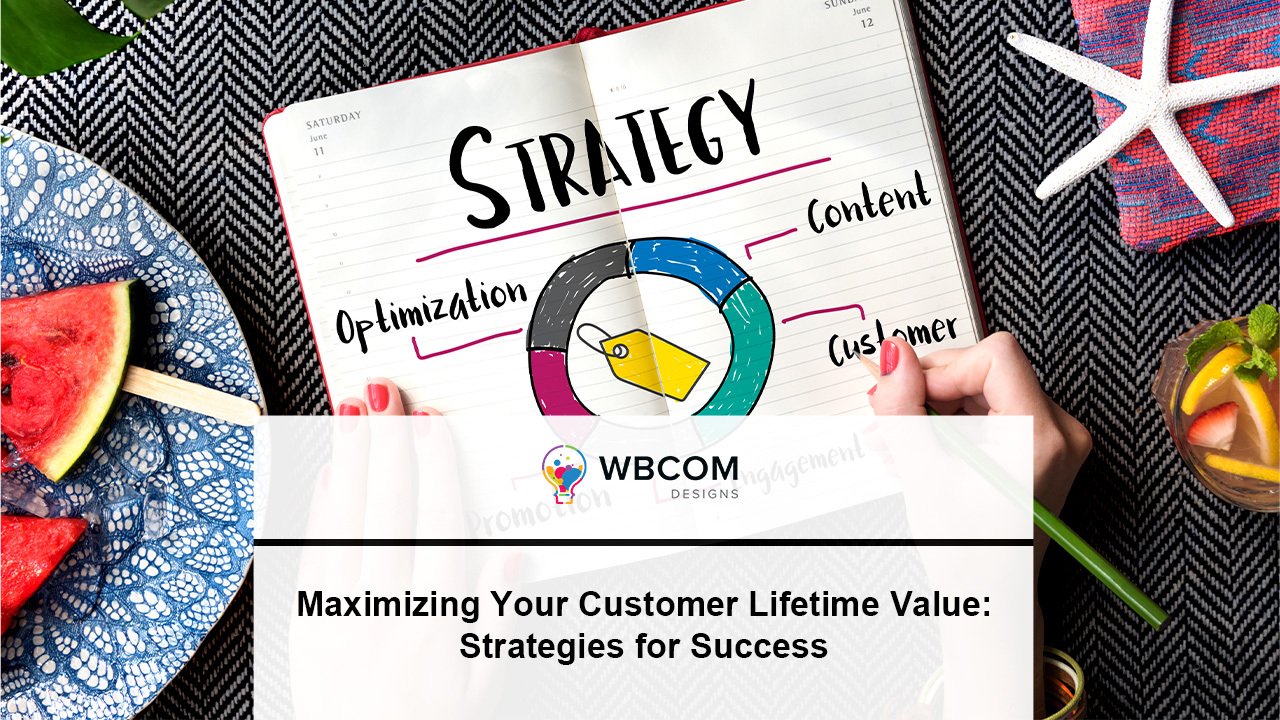Have you ever considered how much each of your customers is worth to your business over the course of their lifetime? The answer may surprise you. Maximizing your customer lifetime value (CLV) is one of the most important strategies for any business to adopt. It’s the ultimate goal in building long-lasting relationships with customers that ultimately translates to higher profits and a sustainable business model. In today’s fiercely competitive market, understanding and implementing CLV strategies is crucial for businesses of all sizes to remain relevant and thrive. So, buckle up, grab your notepad and pen, and get ready to learn the best strategies for maximizing your customer lifetime value.
Table of Contents
ToggleUnderstanding Customer Lifetime Value
Customer Lifetime Value (CLV) refers to the total value a customer brings to a business over the entire duration of their relationship with the business. It is the amount of revenue that a customer generates for the business during their lifetime as a customer.
CLV can be calculated by multiplying the average purchase value by the number of purchases made in a given period and the average customer lifespan. For example, if a customer makes an average purchase of $50, purchases from the business twice a year and remains a customer for five years, their CLV would be $500 ($50 x 2 purchases x 5 years).
The factors that affect CLV include customer retention, purchase frequency, and average order value. The longer a customer stays with a business, the more opportunities they have to make purchases and increase their CLV. Purchase frequency also plays a crucial role in CLV, as customers who buy from a business more often will contribute more revenue to the business. Similarly, the average order value is also an important factor, as customers who spend more per purchase will have a higher CLV.
Other factors that can influence CLV include customer acquisition cost, customer referral rate, and customer loyalty. Businesses that can acquire customers at a low cost and have high referral rates from their customers will have a higher CLV. Additionally, businesses that have loyal customers who are willing to continue buying from them and recommend them to others will also have a higher CLV. By understanding the factors that influence CLV, businesses can take steps to optimize their CLV and increase their revenue over the long term.
Strategies for Maximizing Customer Lifetime Value
There are many successful companies that have focused on maximizing customer lifetime value as a key component of their business strategy. For example, Amazon has been able to maintain a high CLV by offering a range of products, fast delivery, and personalized recommendations. Apple has also been successful in maximizing CLV by offering a range of products and services that integrate seamlessly with each other.
There are several strategies that businesses can use to increase customer lifetime value:
- Upselling and cross-selling – By offering customers complementary or more expensive products or services, businesses can increase the average order value and the overall customer lifetime value. For example, a restaurant might offer a customer a more expensive wine to accompany their meal.
- Loyalty programs – By offering rewards, discounts, or other incentives to loyal customers, businesses can encourage repeat purchases and increase customer lifetime value. For example, Starbucks rewards customers with points for each purchase, which can be redeemed for free drinks and food.
- Personalized marketing – Businesses can increase engagement and encourage repeat purchases by tailoring marketing messages and offers to individual customers. For example, a retailer might send a personalized email to a customer with product recommendations based on their previous purchases.
- Excellent customer service and experience – By providing exceptional customer service and a positive customer experience, businesses can create loyal customers who are more likely to make repeat purchases and recommend the business to others. For example, a hotel that provides excellent service and amenities is more likely to attract repeat business and positive reviews.
Measuring and Monitoring Customer Lifetime Value
Measuring and monitoring customer lifetime value (CLV) is essential for businesses that want to maximize their revenue and improve their customer relationships over time. Here are some ways to measure and track CLV:
- Calculate CLV regularly: Businesses can calculate CLV at regular intervals, such as monthly or quarterly, to track changes in customer behavior and adjust their strategies accordingly.
- Use customer feedback: Businesses can use customer feedback, such as surveys or reviews, to understand how customers feel about their experience with the business and identify areas for improvement.
- Analyze customer data: Businesses can use data analysis tools to track customer behavior and identify patterns, such as purchase history, browsing behavior, and demographic data, that can help to improve CLV.
There are several metrics and key performance indicators (KPIs) that businesses can use to monitor CLV. Here are a few examples:
- Average order value (AOV): This metric measures the average amount that customers spend per order. Increasing the AOV can help to increase CLV over time.
- Customer retention rate: This metric measures the percentage of customers who continue to do business with the company over time. Improving customer retention can increase CLV by encouraging repeat purchases.
- Customer acquisition cost (CAC): This metric measures the cost of acquiring new customers. By lowering the CAC, businesses can increase the ROI on each customer and improve CLV.
- Net Promoter Score (NPS): This metric measures how likely customers are to recommend the business to others. A high NPS score indicates satisfied customers who are more likely to remain loyal and contribute to a high CLV.
By monitoring these and other relevant metrics, businesses can make data-driven decisions to improve CLV and increase revenue over the long term.
Wrapping Up Words
In conclusion, maximizing your customer lifetime value is crucial for the success of your business. By implementing strategies such as building strong customer relationships, offering personalized experiences, and providing exceptional customer service, you can increase customer loyalty and drive revenue growth. Remember to continuously analyze and adjust your approach to ensure that you are meeting the evolving needs and expectations of your customers. By prioritizing customer lifetime value, you can create a sustainable and thriving business for years to come.






